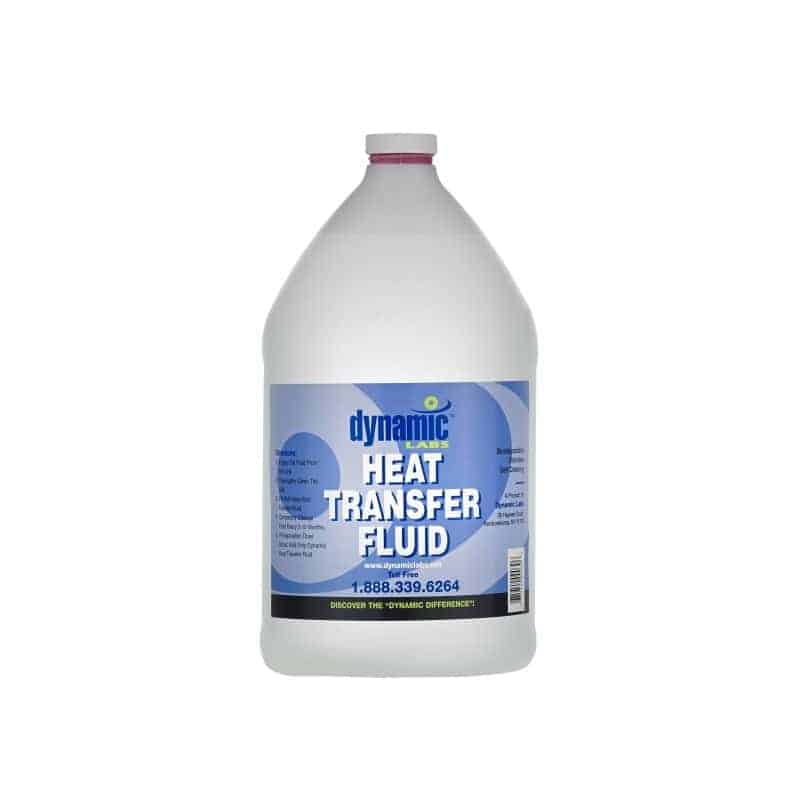The Function of Heat Transfer Fluid in Enhancing System Efficiency and Safety
In the ever-evolving landscape of commercial processes, warmth transfer fluids (HTFs) arise as pivotal parts in optimizing both system efficiency and security. These specialized liquids, recognized for their superior thermal conductivity and regulated thickness, enable effective warm exchange, which is essential for structured procedures.
Comprehending Warm Transfer Liquids
Warm transfer liquids, commonly considered the lifeblood of thermal monitoring systems, play a pivotal function in managing temperature across numerous commercial applications - heat transfer fluid. Industries such as chemical processing, power generation, and manufacturing count on warmth transfer fluids to make sure tools operates effectively and securely.
The option of an appropriate heat transfer fluid is important to the success of a thermal management system. In summary, a comprehensive understanding of warmth transfer fluids is crucial for enhancing system efficiency, guaranteeing functional safety and security, and achieving cost-efficient thermal management solutions.
Key Quality of HTFs

The specific heat capability of an HTF marks the quantity of heat needed to alter its temperature level, influencing just how successfully the system can react to temperature level variants. The boiling and freezing factors of HTFs additionally play a crucial role, especially in systems exposed to severe temperatures, ensuring fluid stability and preventing phase changes throughout procedure. Additionally, the chemical security of HTFs under differing thermal conditions is important to stop destruction and expand fluid life. Compatibility with system materials is needed to stay clear of rust and product destruction, guaranteeing lasting functional reliability. These properties collectively notify the choice of an ideal HTF for details industrial applications.
Enhancing System Performance
To improve system performance with warm transfer fluids (HTFs), it is important to incorporate a comprehensive technique that considers both liquid residential or commercial properties and system layout. The selection of a proper HTF is crucial, as its thermal conductivity, thickness, and particular warm capability directly influence the performance of warmth exchange. High thermal conductivity guarantees fast warmth transfer, while optimal viscosity promotes smooth circulation through the system, decreasing energy intake. In addition, a high particular heat capability permits the liquid to store and transfer more thermal power, enhancing general system efficiency.
Similarly vital is the style of the warm transfer system itself. The surface location and product of warm exchangers ought to be enhanced to make the most of warmth transfer efficiency.
Boosting Operational Security
Ensuring see this site functional safety in warm transfer systems requires a careful emphasis on both the homes of warmth transfer fluids (HTFs) and the design and maintenance of the entire system. HTFs need to have thermal stability, low flammability, and proper thickness to minimize threats such as leakages, fires, and system breakdowns. Choosing the best HTF is essential as it identifies the system's ability to take care of temperature level changes without jeopardizing safety.
The layout of the system need to integrate redundancies and fail-safes to handle potential threats effectively. This includes the integration of safety and security shutoffs, pressure relief devices, and temperature level tracking systems to discover and deal with anomalies promptly. Normal maintenance is critical to make certain that all elements, including pumps, pipelines, and seals, are working correctly and are devoid of wear or deterioration, which might lead to unsafe leaks or failures.
In addition, workers in charge of the procedure and upkeep of warm transfer systems must be properly learnt safety and security procedures and emergency situation reaction treatments. Constant training programs and safety and security drills can substantially minimize the possibility of crashes, guaranteeing a more secure working environment. Eventually, an extensive technique to safety-- including liquid selection, system style, and labor force training-- is important for optimum operational safety and security.
Sector Applications of HTFs
Widely made use of across various markets, warmth transfer fluids (HTFs) play an essential role in enhancing the effectiveness and integrity of thermal management systems. In the chemical market, HTFs are indispensable for maintaining exact temperature levels during reactions, making sure item consistency and top quality. They facilitate heat exchange processes in activators, condensers, and heat exchangers, thereby enhancing power use and lessening waste.
In the oil and gas sector, HTFs are utilized in both upstream and downstream procedures. They manage temperature level in exploration operations and improve performance in refining processes by supplying secure thermal conditions. This leads to reduced downtime and improved safety, especially in important operations such as purification and breaking.
The renewable energy industry likewise benefits substantially from HTFs, especially in focused solar read more power (CSP) plants. Right here, HTFs move captured solar power to power wind turbines, allowing effective electrical energy generation. The pharmaceutical check that sector relies upon HTFs for accurate temperature control in both synthesis and storage, making sure item effectiveness and safety and security.


In addition, the food and drink market uses HTFs for pasteurization, sterilization, and food preparation processes, enhancing both product safety and security and manufacturing performance. Throughout these industries, HTFs serve as vital elements in preserving optimum functional performance and security.
Final Thought
Heat transfer fluids are important in improving commercial system performance and safety and security by using high thermal conductivity, ideal thickness, and thermal stability. Appropriate option and upkeep of HTFs improve heat exchange performance, therefore enhancing functional performance.